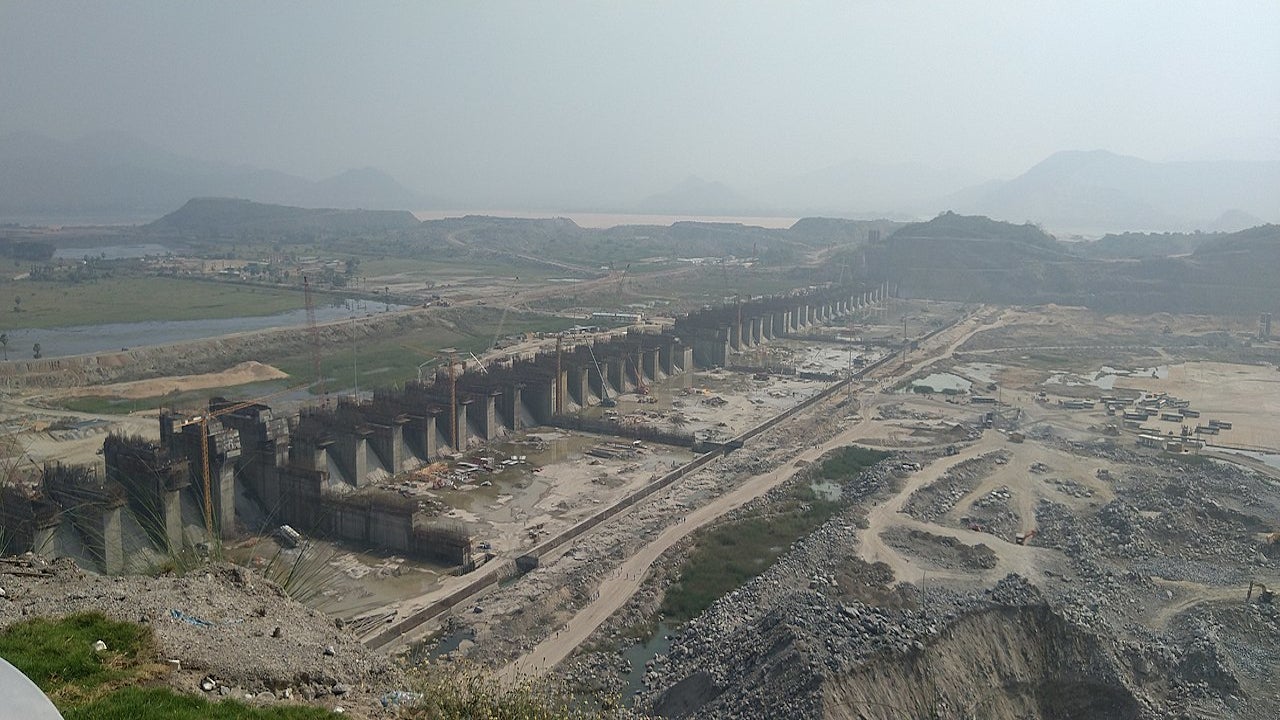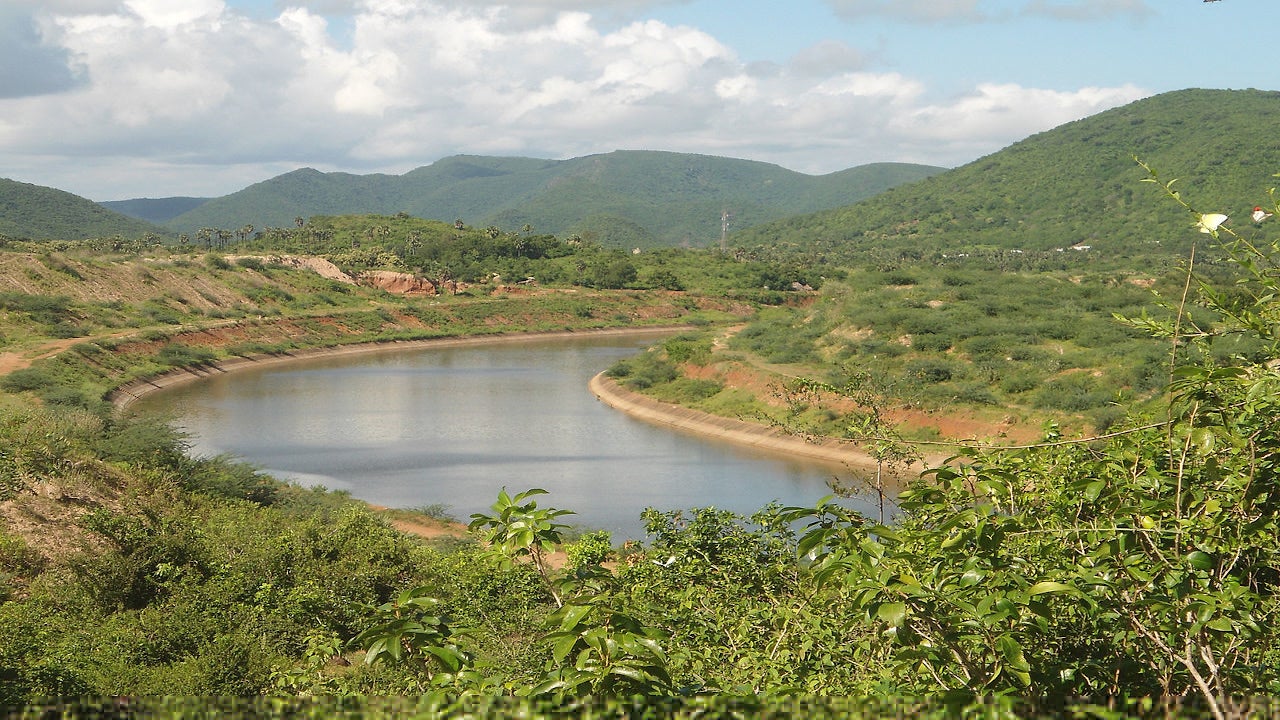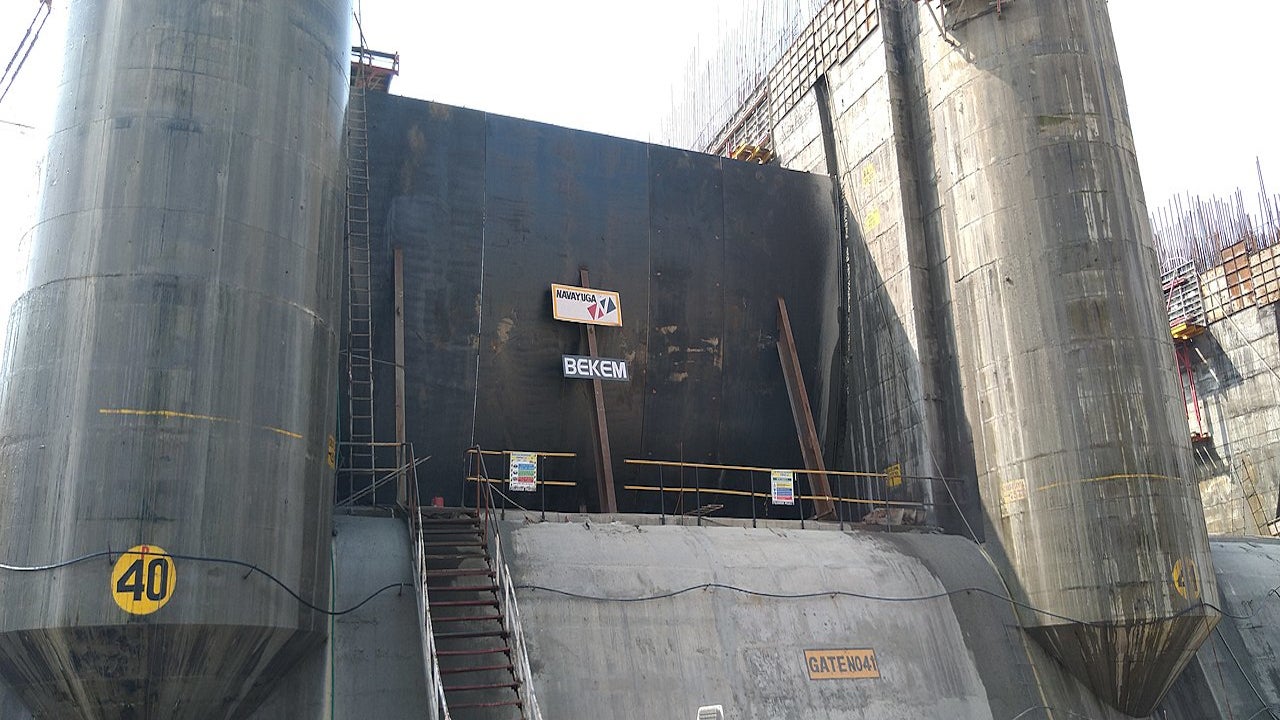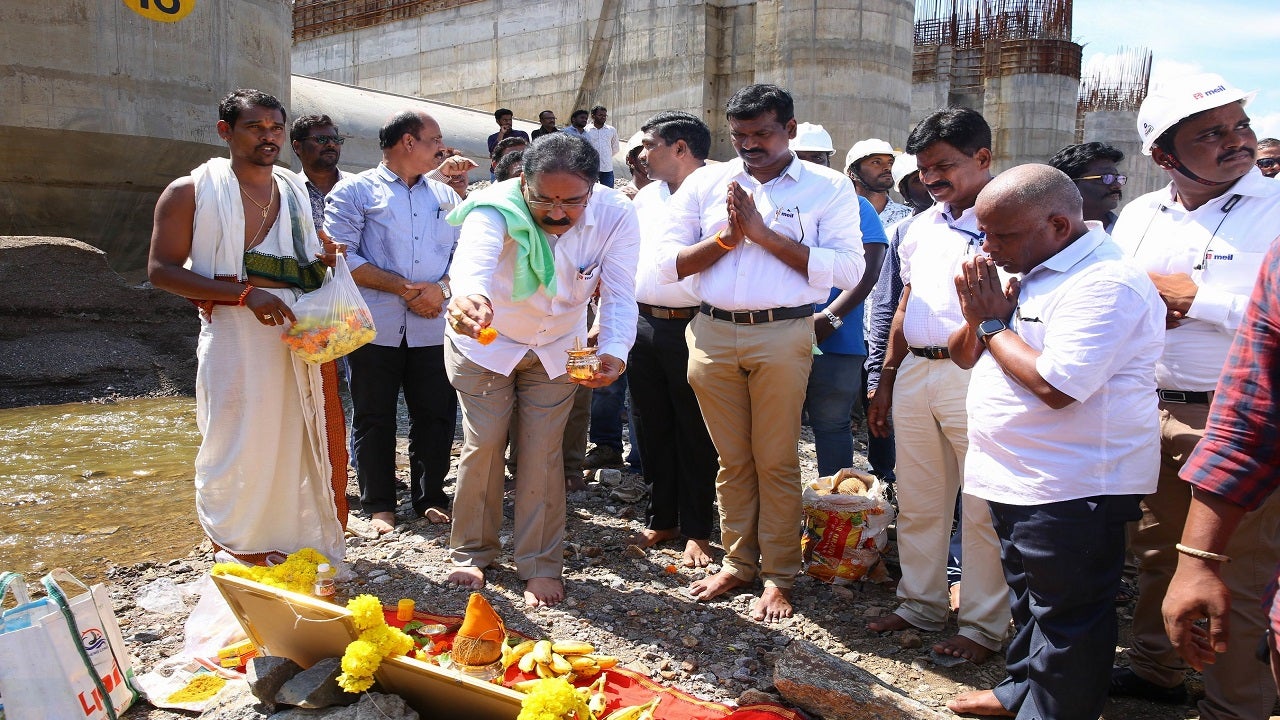Polavaram hydroelectric project (PHEP), also known as Indira Sagar project, is a 960MW multi-purpose project being constructed on the Godavari River near Polavaram village in the East Godavari and West Godavari districts of Andhra Pradesh, India.
Being developed by Andhra Pradesh Power Generation Corporation (APGENCO), a state-owned power generation company, the project will provide hydropower, irrigation, and drinking water to East Godavari, Vishakhapatnam, West Godavari, and Krishna districts in Andhra Pradesh.
In addition to power generation, the hydroelectric power project is expected to supply water to 0.72 million acres of land for irrigation and 23.44 thousand million cubic feet (tmc) of drinking and industrial water to Visakhapatnam. It will lift 80 tmc of water to the Prakasam Barrage on Krishna river and will also meet the drinking water needs of 540 villages in the Polavaram project command area via canals.
Background of the Polavaram project
The technical advisory committee of Ministry of Water Resources, River Development and Ganga Rejuvenation (MoWR) accepted the project proposal in January 2009. The project received the initial investment clearance for Rs101.51bn ($2bn) from the Planning Commission, a central government agency, in February 2009.
The central government formed the Polavaram Project Authority (PPA) under the MoWR for the regulation and development of the project in May 2014. The estimated investment in the project has been revised to Rs555.48bn ($7.7bn) in 2019.
Polavaram hydroelectric project details
The PHEP development involves the installation of 12 units of Kaplan hydro turbines, each with 80MW capacity.
The main reservoir includes three critical divisions, comprising gap, spillway, and earth-cum-rockfill dam. Gap-1 will feature a 450m-long earth-cum-rockfill dam, while Gap-2 will have a 1.75km-long earth-cum-rockfill dam. Gap-3 will be a 150m-long small concrete dam. Preliminary tests for rockfill dam and work for coffer dam at the upper and lower end of the project were completed by February 2020.
The 1.054km-long reservoir spillway will feature 53 blocks, each with a height of 55m and a total concrete work of approximately 0.25 million cubic metres. The spillway will be installed with the advanced heaviest-of-its-kind hydraulics system gates, for which the placement of the girders on the spillway began in July 2020.
The catchment area for the project is approximately 306,643km² with a design flood discharge of 0.102 million cumecs (3.6 million cusecs). The dam will have the full reservoir level at +45.72m (+150.00ft) with a gross storage of 5.511 T.M. Cum. (194.6tmc) in the reservoir.
The length of the left main canal will be 181.50km while the right main canal will be 174km long.
Construction
A total of 196 girders, each weighing approximately 62t, will be erected on the piers of the spillway.
Heavy machinery such as Telebelt-200, Boom placers to perform concrete works up to 62m height and hydraulic rigs to dig up to 50m depth have been deployed at the project site. The entire project will require a total concrete work of 0.307 million cubic metres.
Other works such as project coating, surface dressing, and completion of roads are expected to be completed by August 2021.
Power supply details
The Central Electricity Authority granted approval for two 400KV doubled circuit (D/C) quad lines, namely Polavaram-Guddigudem and Polavaram-Eluru lines, for the transmission of power from PHEP.
Transmission Corporation of Andhra Pradesh (APTRANSCO) submitted an investment proposal for the power evacuation scheme in February 2020. The project will generate approximately 3,100 million units of electricity annually.
Contractors involved
Megha Engineering and Infrastructures Limited (MEIL) was awarded an engineering, procurement, construction (EPC) contract worth Rs43.58bn ($618.6m) for the Polavaram project in a reverse tendering process in November 2019. It is working in collaboration with the Andhra Pradesh state government for the development of the project.
MEIL contracted Bharat Heavy Electricals Limited (BHEL) to supply hydro turbines and perform electro-mechanical works for the project in December 2020. BHEL’s work includes designing, engineering, manufacturing, supply, and supervision of erection, as well as testing and commissioning of the equipment and related auxiliaries.
The project contract was earlier awarded to Navayuga Engineering Company. It was, however, revoked after the new state government overhauled the contract process and sought to hire new contractors under the reverse tendering process in a bid to ensure transparency and reduce project costs. Infrastructure and construction company Transstroy India was also involved in the project.







